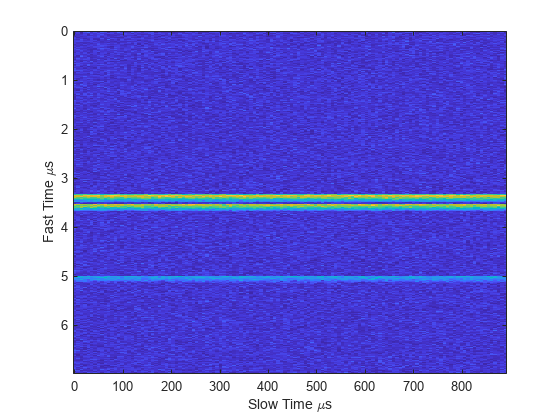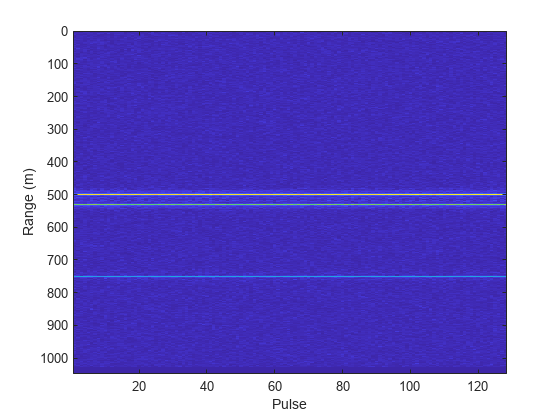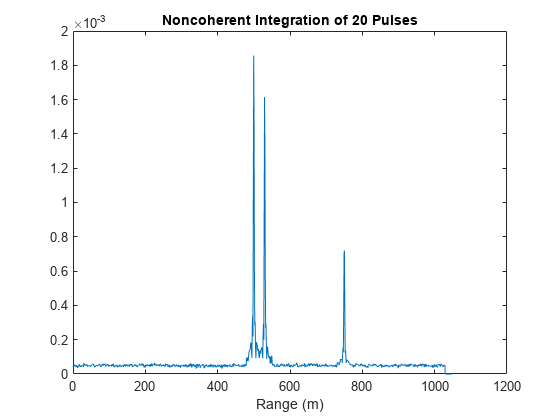step
System object: phased.RangeResponse
Namespace: phased
Range response
Syntax
Description
Note
Instead of using the step method to perform
the operation defined by the System object™, you can call the object
with arguments, as if it were a function. For example, y
= step(obj,x) and y = obj(x) perform
equivalent operations.
[ computes
the range response, resp,rnggrid]
= step(response,x)resp, for the input signal, x,
and the range values, rnggrid, corresponding to the
response. This syntax applies when you set RangeMethod to 'FFT' and DechirpInput to false.
This syntax assumes that the input signal has already been dechirped.
This syntax is most commonly used with FMCW signals.
[ computes
the range response of the input signal, resp,rnggrid]
= step(response,x,xref)x using
the reference signal, xref. This syntax applies
when you set RangeMethod to 'FFT' and DechirpInput to true.
Often, the reference signal is the transmitted signal. This syntax
assumes that the input signal has not been dechirped. This syntax
is most commonly used with FMCW signals.
Note
The object performs an initialization the first time the object is executed. This
initialization locks nontunable properties
and input specifications, such as dimensions, complexity, and data type of the input data.
If you change a nontunable property or an input specification, the System object issues an error. To change nontunable properties or inputs, you must first
call the release method to unlock the object.
Input Arguments
Output Arguments
Examples
Version History
Introduced in R2017a


